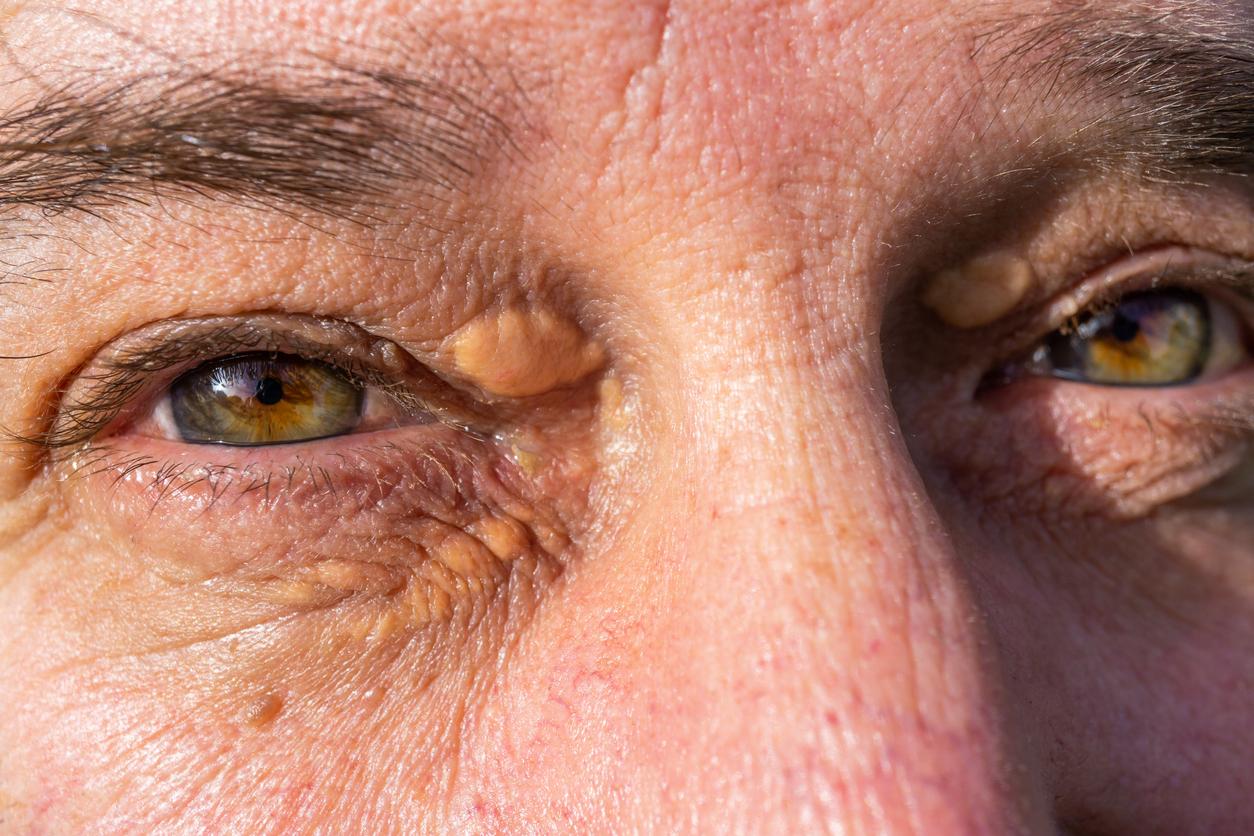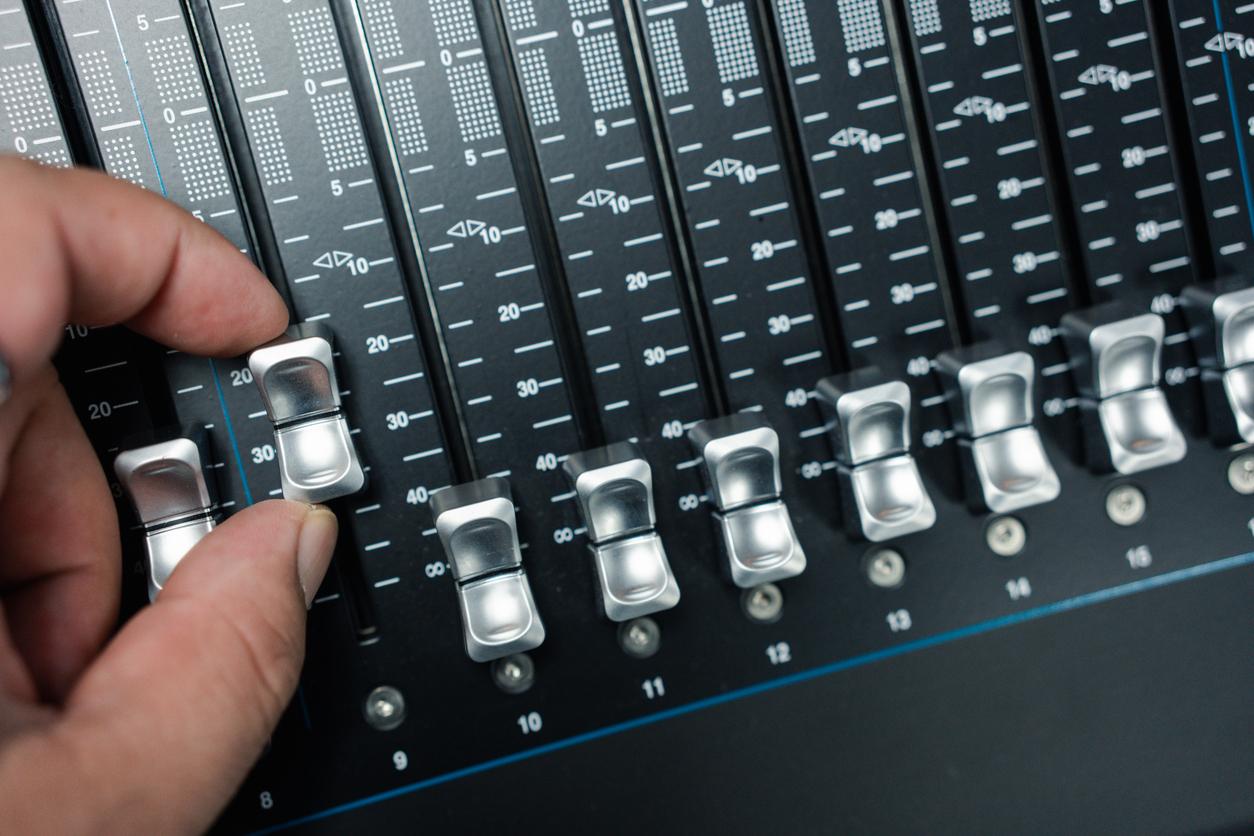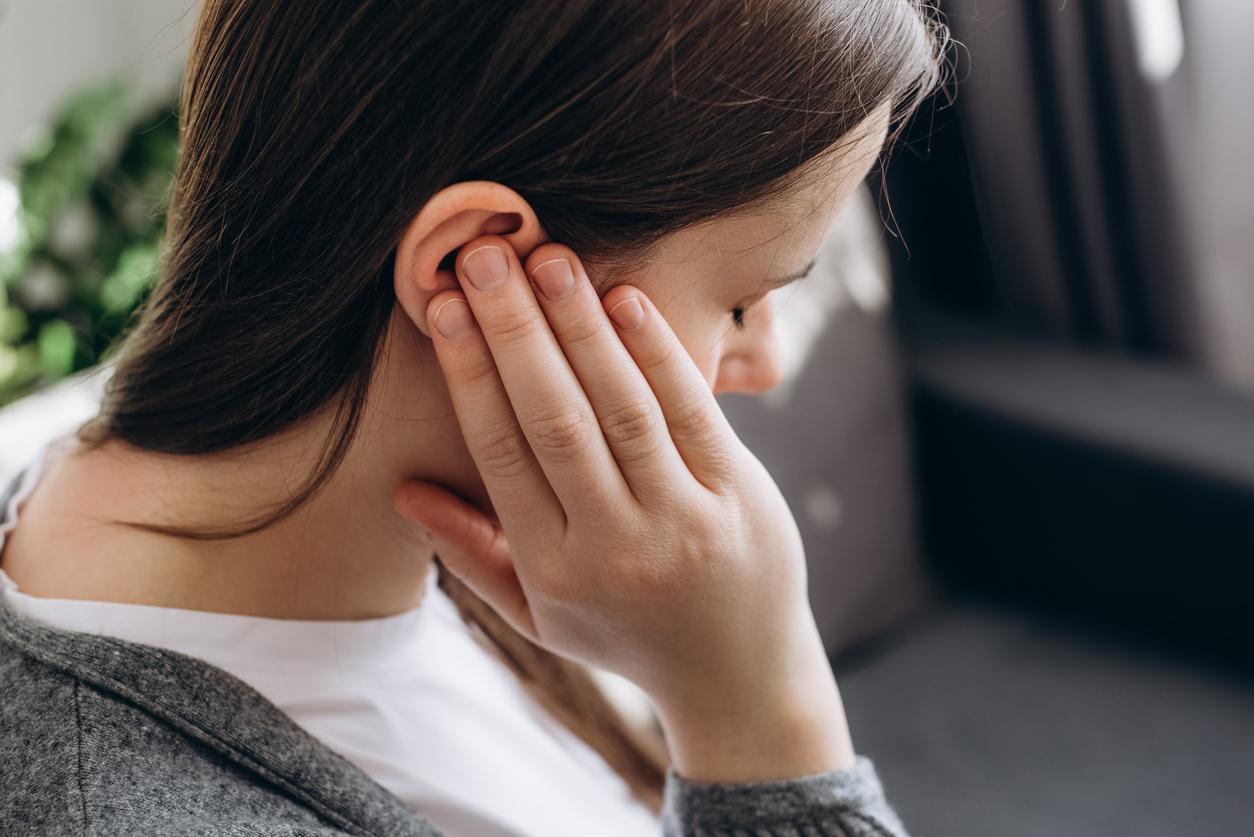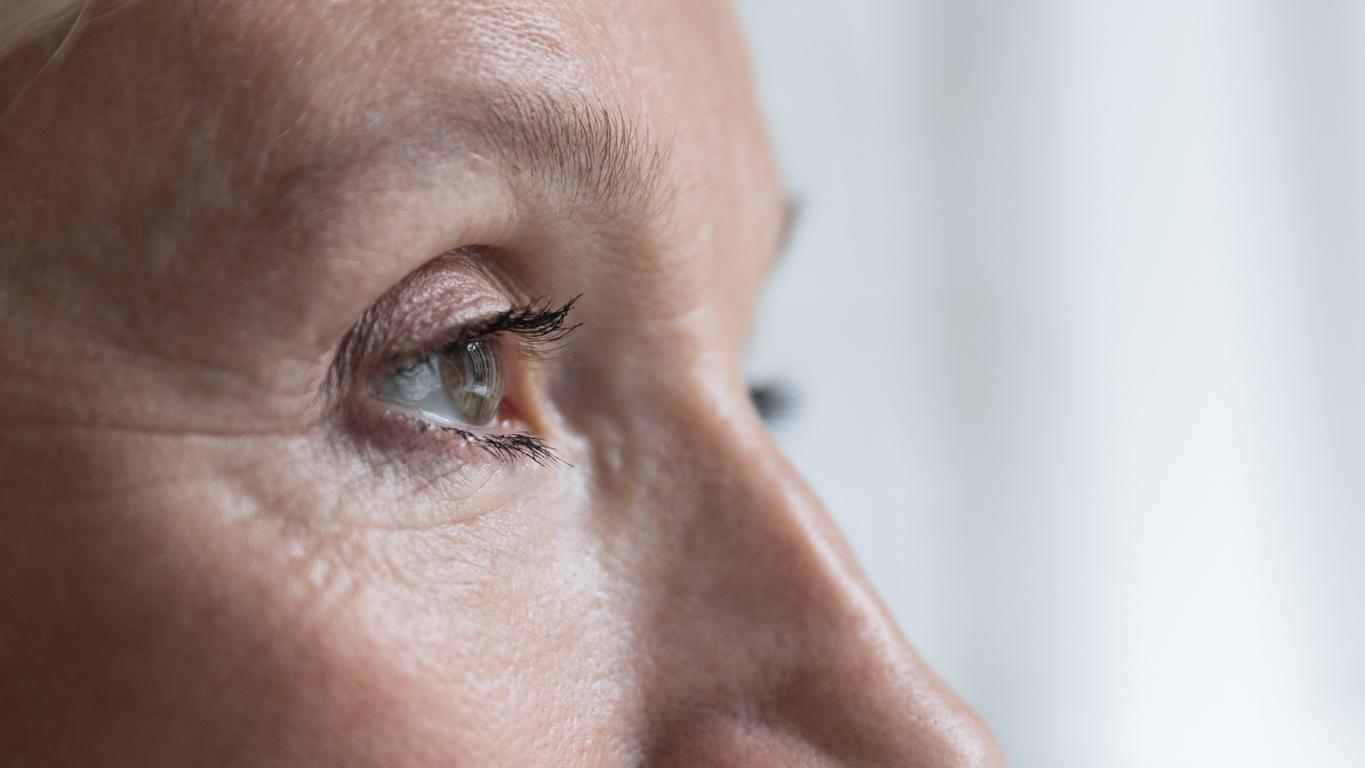It is possible to determine eye movements by analyzing the sounds they generate in the ear, according to a new study.
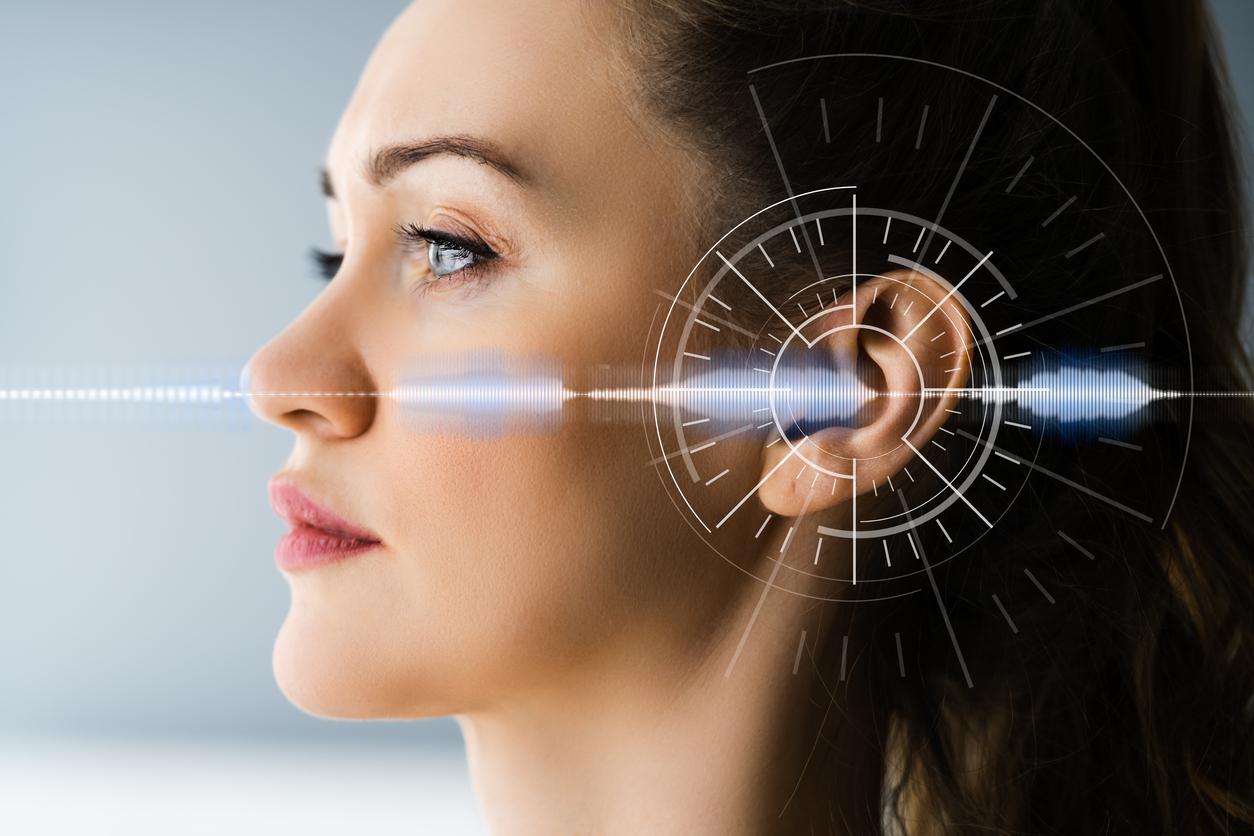
- In 2018, researchers at Duke University discovered that the ears emit a subtle, imperceptible sound when the eyes move.
- As they continued their work, they discovered that the analysis of these “noises” could make it possible to determine where the person’s gaze was focused.
- This discovery could help develop new tests for hearing.
It is possible to determine where your eyes are looking by “listening” to your ears. This sentence may not seem very logical to you. But that’s what Duke University researchers managed to do.
Dr Jennifer Grohlead author of the study published in Proceedings of the National Academy of Sciencesspecifies the elements of his discovery: “You can actually estimate eye movement, the position of the target that the eyes are going to look at, just from recordings made with a microphone in the ear canal.”
There is a link between auditory noise and the movement of eyes
In 2018, the researcher and her team determined that the ears emit an imperceptible noise when the eyes move. Continuing their work, they showed that these sounds can reveal where your eyes are looking. It also works the other way around. By observing where someone is looking, it is possible to predict the waveform of the sound emitted by the ear.
Scientists reached this conclusion after bringing together 16 adults with intact vision and hearing in the laboratory of Groh has Durham to have an eye exam. Participants were asked to look at a static green dot on a computer screen. Without moving their heads, they had to follow the gaze point as it disappeared and then reappeared up, down, left, right, or diagonally from the starting point. At the same time, the team recorded the auditory signals generated in the ear when the eyes moved.
By analyzing these “noises”, the researchers found unique signatures for different directions of movement. This allowed them to decipher sounds from the ear and calculate where people were looking simply based on the sound wave.
Hearing: dWhere do these auditory noises linked to gaze come from?
But where do these auditory noises come from? For Dr. Jennifer Grohthese sounds would be caused when eye movements stimulate the brain to contract or the muscles of the middle ear which help to dampen loud sounds, or hair cells that help amplify weak sounds.
The exact purpose of these ringing ears is unclear. However, researcher Dr. Groh argues that this could help sharpen people’s perceptions. “We think it’s part of a system that allows the brain to match the location of images and sounds, even though our eyes can move while our heads and ears cannot.”explains Dr. Groh in a communicated.
Understanding the relationship between subtle sounds in the ear and vision could lead to the development of new clinical tests for hearing. “If each part of the ear provides individual rules for the signal from the eardrum, they could then be used as a sort of clinical tool to assess which part of the ear anatomy is dysfunctional.”adds Stéphanie Lovich, one of the main authors of the study.










